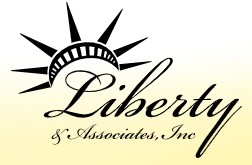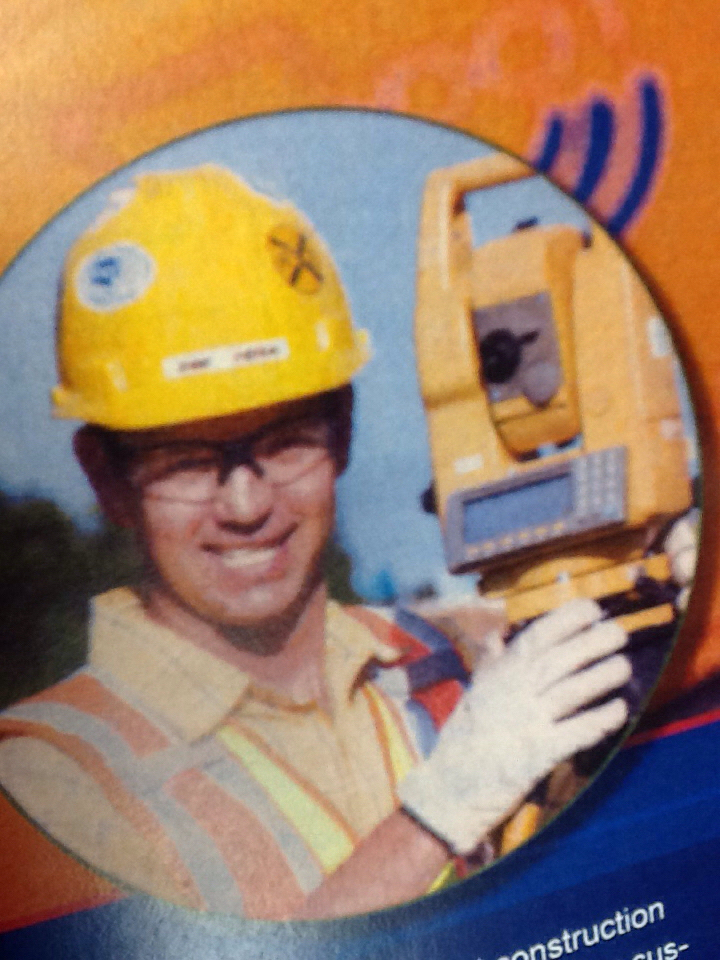Information
-
Document No.
-
Client / Job Number
-
Audit Title
-
Conducted on
-
Prepared by:
- Mark A. Davis
- Mark D. Davis
- Richard Dickinson
- Anthony Beverly
- Hugh French
- Scott Taylor
- Michael Wright
- James Brown
- Lee Ratliff
- Jason Corbin
- James Shifflett
- Chuck Ayers
- Joe Bailey
- Michael Wright
- Christopher M. Cole
-
Location
-
Personnel
-
-
If these requirements cannot be physically implemented, then Manual on Uniform Traffic Control Devices (MUTCD) PART 6 TEMPORARY TRAFFIC CONTROL standards shall apply as the minimum. The traffic control plans are to be used along with sound judgment. Proper planning, a good safety conscious attitude and full participation from the persons involved in the work zone are all prerequisites to good traffic control. Aspects of the roadway environment such as weather, time of day, traffic volumes, traffic speed, roadway geometry, roadside conditions, and your inventory of traffic control devices should all be considered when implementing the guidelines.
http://mutcd.fhwa.dot.gov/htm/2009r1r2/part6/part6_toc.htm
Previous Audit
-
Has the previous audit been reviewed?
-
Are there any outstanding actions? (be as specific as possible).
Project Overview
-
Work description:
-
Work schedule (days, hours):
-
Night operations?
-
Night operations lighting plan and temporary illumination equipment (except in emergency situations) conforming to the NCHRP Report 476, titled “Guidelines for Design and Operation of Nighttime Traffic Control for Highway Maintenance and Construction” (Bryden and Mace, 2002b) shall be used to illuminate all traffic control stations.
-
Work duration:
- Long-term Stationary (3+ days)
- Intermediate-term Stationary (1-3 days)
- Short-term Stationary (1+ hrs/single daylight period or 1+ hrs night)
- Short Duration (Up to 1hr)
- Mobil Operation (Intermitent/Continuous)
- Emergency Situation (Unplanned Only)
-
When the flagger is moving with the operation, all signs associated with the flagger shall be moved ahead whenever the work advances more than two (2) miles from the first advanced warning signs. The 'Flagger Ahead' sign must be within 1500ft of the flagger and the flagger must be seen from the sign. At no time can it be closer then as described in the sign spacing chart.
-
Considering the safety issues inherent to night work, consideration should be given to enhancing traffic controls to provide added visibility and driver guidance, and increased protection for workers, work vehicles, equipment and stationing uniformed law enforcement officers and lighted patrol cars at night work locations where there is a concern that high speeds or impaired drivers might result in undue risks for workers or other drivers.
-
Short-term closures may be allowed without advanced public notification for emergencies or off-peak closure (night closure). Check with the region traffic office prior to implementing the closure.
Note: Emergency situations are exempt from illumination requirements. For the purpose of this rule, emergency means an unforeseen occurrence endangering life, limb, or property. -
Traffic control plan:
-
In general, the procedures illustrated represent minimum solutions for the situations depicted. Except for the notes (which are clearly classified using headings as being Standard, Guidance, Option, or Support), the information presented in the typical applications can generally be regarded as Guidance.
-
TCP (attach photos):
-
Modifications To Fulfill Special Needs
-
Approved traffic control plans (TCP) are required for flagging, as with all work zones, and the flagging station must be incorporated into and be an integral part of the TCP. If the approved TCP’s in the M54-44 or other approved plans do not adequately address a specific work zone, the Region Traffic Office should be contacted to assist with developing an acceptable TCP.
-
TCP (Attach Photos)
-
Modifications To fulfill special needs
-
VDOT coordination 1-800-367-7623 (toll-free)
-
Contacted:
Contact
-
Set-up of traffic control
-
Removal of traffic control
-
On-Site foreman (name, company, phone)
Site Conditions
-
Night conditions:
-
Night Hours: 1/2 Hr before sunset to 1/2 Hr after sunrise
For nighttime flagging, flaggers shall be illuminated by an overhead light source providing a minimum vertical illuminance of 10 fc (108 lux) measured 1 ft (300 mm) out from the flagger’s chest. Lighting systems with flood, spot, or stadium type luminaire(s) shall be a minimum of 10 ft (3 m) above the pavement and shall be aimed downward at the work and rotated outward no greater than 30 degrees from nadir (straight down). Luminaire(s) shall be shielded to minimize glare to approaching traffic and trespass light to adjoining properties.
A supply of emergency flares shall be on-site for use in the event of unanticipated situations such as traffic accidents, equipment breakdowns, failure of lighting equipment, etc. . -
Worksite (attach photos):
-
Weather:
-
Road type:
- Freeway/Expressway (60-70 mph)
- Rural Highway (50-60 mph)
- Rural Road (40-50 mph)
- Rural Road/Arterial Street (35-40 mph)
- Rural Road/Urban Street/Residential/Business (25-30 mph)
- Urban Street/Residential/Business (<25 mph)
-
Traffic volume:
-
Work location
- Work Affecting Pedestrian and Bicycle Facilities
- Work Outside of the Shoulder
- Work on the Shoulder with No Encroachment
- Work on the Shoulder with Minor Encroachment
- Work Within the Median
- Work Within the Traveled Lane
- Work Within an Intersection
- Work in the Vicinity of a Grade Crossing
-
When existing pedestrian facilities are disrupted, closed, or relocated in a TTC zone, the temporary facilities shall be detectable and shall include accessibility features consistent with the features present in the existing pedestrian facility.
-
For work at an intersection, advance warning signs, devices, and markings should be used on all cross streets, as appropriate. The typical applications depict urban intersections on arterial streets. Where the posted speed limit, the off-peak 85th-percentile speed prior to the work starting, or the anticipated speed exceeds 40 mph, additional warning signs should be used in the advance warning area.
-
When paved shoulders having a width of 8 feet or more are closed, at least one advance warning sign shall be used. In addition, channelizing devices shall be used to close the shoulder in advance to delineate the beginning of the work space and direct motor vehicle traffic to remain within the traveled way.
-
When work takes up part of a lane, vehicular traffic volumes, vehicle mix (buses, trucks, cars, and bicycles), speed, and capacity should be analyzed to determine whether the affected lane should be closed. Unless the lane encroachment permits a remaining lane width of 10 feet, the lane should be closed.
A lane width of 9 feet may be used for short-term stationary work on low-volume, low-speed roadways when vehicular traffic does not include longer and wider heavy commercial vehicles. -
If work in the median of a divided highway is within 15 feet from the edge of the traveled way for either direction of travel, TTC should be used through the use of advance warning signs and channelizing devices.
-
When grade crossings exist either within or in the vicinity of a TTC zone, lane restrictions, flagging, or other operations shall not create conditions where vehicles can be queued across the tracks. If the queuing of vehicles across the tracks cannot be avoided, a uniformed law enforcement officer or flagger shall be provided at the crossing to prevent vehicles from stopping on the tracks, even if automatic warning devices are in place.
-
Adjustments in the location of the advance warning signs should be made as needed to accommodate the horizontal or vertical alignment of the roadway, recognizing that the distances shown for sign spacings are minimums. May include Mobile or Rolling Slowdowns where the work and shadow vehicles cannot pull over to allow vehicular traffic to pass frequently, a DO NOT PASS sign may be placed on the rear of the vehicle blocking the lane and shall use high-intensity rotating, flashing, oscillating, or strobe lights.
-
Toilet Facilities
-
Comments: (be as specific as possible).
Traffic Control Procedure
-
Job briefing prior to work
-
Signatures:
Person
-
Add signature
-
High visibility apparel / PPE:
-
Traffic control personnel shall wear high-visibility safety apparel (Vest and Pants) that meet Class III requirements of the ANSI/ISEA 107-2004, a high-visibility hard hat that meets ANSI Z89.1 Class E (Electrical) requirements – Marked with at least 12 square inches of retroreflective material applied to provide 360 degrees of visibility, a 24" retroreflective stop/slow paddle that complies with MUTCD standards, two-way radio communication and safety footwear. Safety eyewear is also recommended.
-
Traffic control method:
- Flagger Method for One-Lane, Two-Way Traffic Control
- Flagger Method for Spot Constriction Traffic Control
- Flagger Method for Haul Road Crossing
- Flagger Method for One Direction
- Pilot Car Method for One-Lane, Two-Way Traffic Control
- Pilot Car Method with Flagger Control for Rolling Slowdown Traffic Control
- Signal Control Method for One-Lane, Two-Way Traffic Control
- Spotter Method for Operational/Public Safety
-
Signaling and communication:
-
Law enforcement:
-
Purpose:
-
Comments: (be as specific as possible).
Traffic Control Setup and Audit
-
Primary transition:
-
Work zone audits:
Audit
-
Completed:
Safety Considerations
-
Flagger safety considerations:
-
Worker safety considerations:
-
Emergency considerations:
-
Pedestrian considerations:
-
Roadway safety considerations:
-
Overall effectiveness:
Traffic Control Zones
-
Advanced warning area:
-
Transition and taper area:
-
Activity and buffer area:
-
Termination and taper area:
-
Overall effectiveness:
Traffic Control Devices
-
Advance warning signs:
-
Channelizing devices:
-
Lighting devices:
-
Overall effectiveness:
Incident Report
-
A traffic incident is an emergency road user occurrence, a natural disaster, or other unplanned event that affects or impedes the normal flow of traffic.
-
Was there an incident to report?
-
When did it happen?
-
Where did it happen.
-
Was anyone hurt?
-
Name, Address, Phone
-
Where we're they treated?
-
Was an Incident Investigation Completed?
-
Is Root Cause Analysis Required?
Analysis and Key Take-Away
-
Key Take-Away: (be as specific as possible):
-
Suggestions: (be as specific as possible):
Review and Sign-off
-
Reviewed by: Safety Manager
-
Approved by: Project Manager















